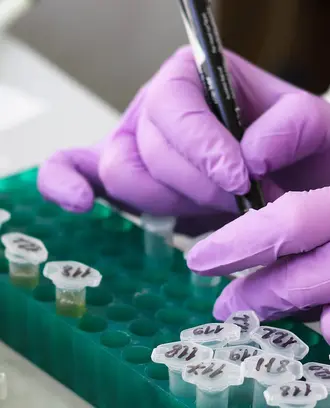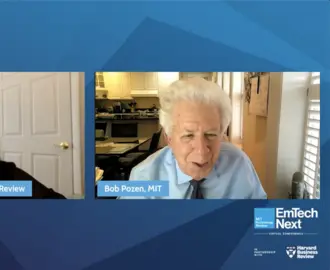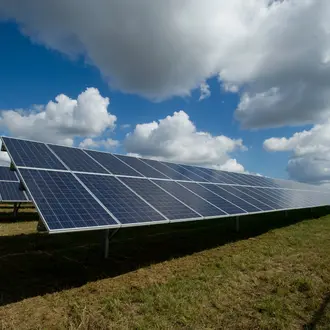Sustainability
Why the environmental impact of COVID-19 could outweigh short-term benefits
The COVID-19 pandemic has reduced CO2 and local air pollutant emissions, but what are the longer-term effects on the environment? Will the impact of the economic shutdown – and consequential lack of investment in clean energy -- outweigh the short-term benefits? The answer depends on the policy response to the pandemic.
Christopher R. Knittel, George P. Shultz Professor and Associate Dean for Climate and Sustainability at MIT Sloan, is the Faculty Director of the MIT Climate Policy Center.
We have seen a major change in emissions over the last few months. The economic shut down has led to empty roads and skies, resulting in a stunning 50% reduction in the use of jet fuel and a 30% reduction in the use of gasoline. The use of natural gas in residential and commercial buildings has declined by almost 20% and electricity demand declined by less than 10%. Overall, this amounts to a 15% total reduction in daily CO2 emissions – the largest annual percentage decline for the U.S. in recorded history. The shutdown also saved about 200 lives per month.
These environmental benefits are significant. But how do the health benefits from the cleaner air compare to the longer-term impact on the environment? The pandemic could lead to a persistent global recession, which is a threat to the adoption of clean technology.
Global electric vehicle sales are projected to decline by 43% in 2020 due to fewer auto sales overall and low gasoline process. We also expect fewer residential rooftop solar and storage installations as well as fewer energy efficiency audits. And notably, clean energy jobs decreased by almost 600,000 by the end of April.The big question is how long the economic effects will last. The answer depends on how long it takes to get the pandemic under control and whether there is a persistent global recession.
Jing Li, William Barton Rogers Career Development Chair of Energy Economics, MIT Sloan
The best-case scenario is that we find a swift and low-cost strategy to control the virus. The economy fully reopens by the end of 2020, and investment trends prior to the pandemic return. In this case, the reduction in emissions due to COVID-19 will be temporary, but investments in green technologies will increase. The result could leave us largely where we were prior to the pandemic.Unfortunately, that is not the most likely scenario. Instead, we expect to see far-reaching consequences of the pandemic, with more deaths, deeper economic disruptions, and a persistent global recession. Flareups of the virus could require governments to backpedal on reopening the economy. The demand for goods and services could be destroyed, rather than simply deferred.
In this scenario, there could be a negative effect on energy-sector investment. Marginal firms would be likely to liquidate, including firms developing low-carbon technologies. Low wholesale electricity prices due to decreased electricity demand could cause renewable investments to decline, impacting rooftop solar, utility-scale solar, and energy efficiency investments. And, lacking revenues, automakers would be unable to invest in new vehicle technologies to improve efficiency.
Using modelling, we found that the long-term negative impact on the environment could easily outweigh the short-term benefits of the shutdown. Delays in investments in renewables and vehicle fuel economy alone could result in an additional 2,500 MMT of CO2 from 2020 to 2035. This could cause 40 deaths per month on average, or 7,500 deaths during that time.
Pushing back all renewable electricity generation investments by even one year would outweigh the emissions reductions and avoided deaths from March to June of 2020.
However, the policy response to the pandemic is the wild card that could change everything. Budgets will be strained to pay for the costs of the virus, making it challenging to invest in clean energy. And if we remain a recession, there may be pressure to lessen climate change mitigation goals.
However, stimulus packages could focus on clean energy. Even a modest amount allocated to new technologies could pay off in terms of clean air, clean jobs, and national security. Just stabilizing the economy can go a long way to putting clean energy trends back on track.
States can also make a difference by enabling new investment in renewables by state green banks. They can remind voters and policymakers that collective action and listening to scientists matters. And the research community can highlight the policy options to speed our recovery.
These developments would be a “silver lining” to the pandemic. But it all comes down to the policy response.
MIT Sloan School of Management Prof. Christopher Knittel and Prof. Jing Li are coauthors of “The short-run and long-run effects of COVID-19 on energy and the environment,” which was published in a June issue of Joule.



